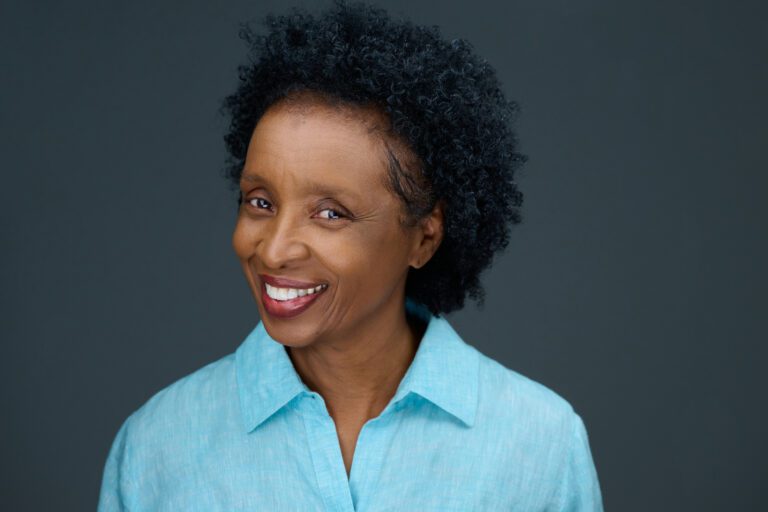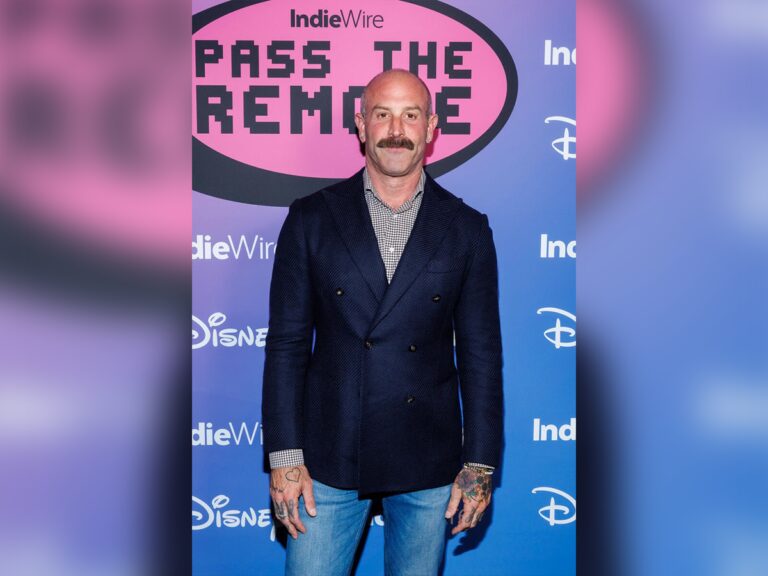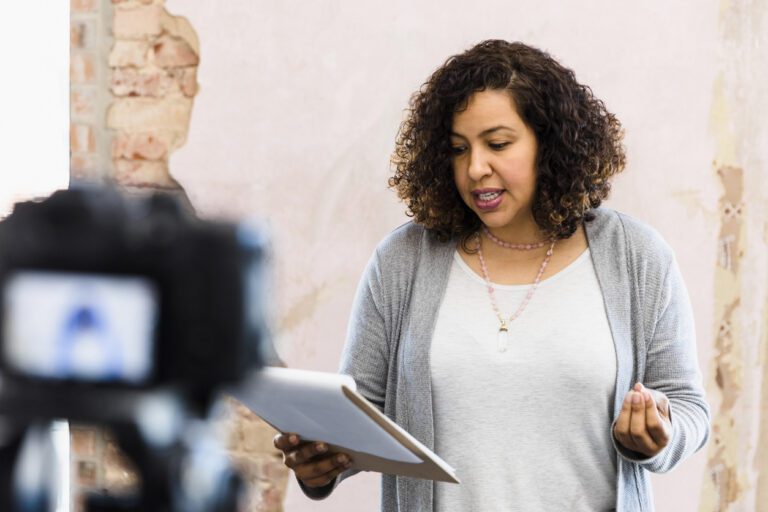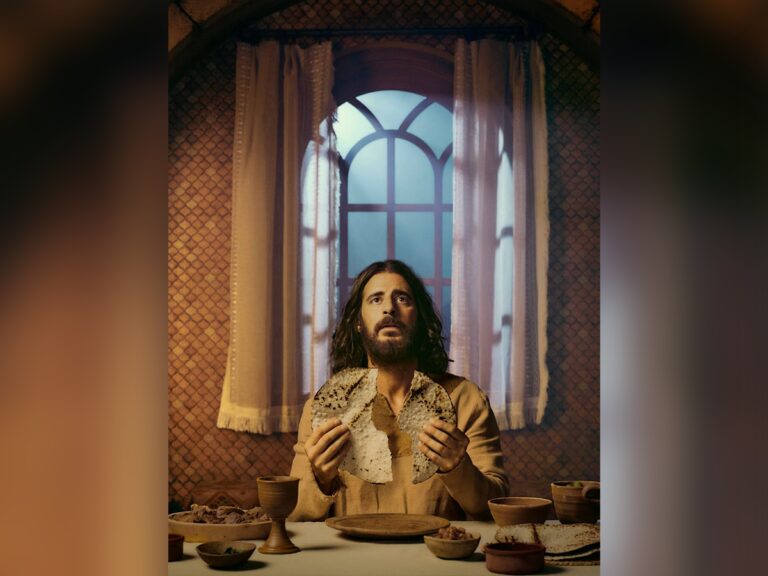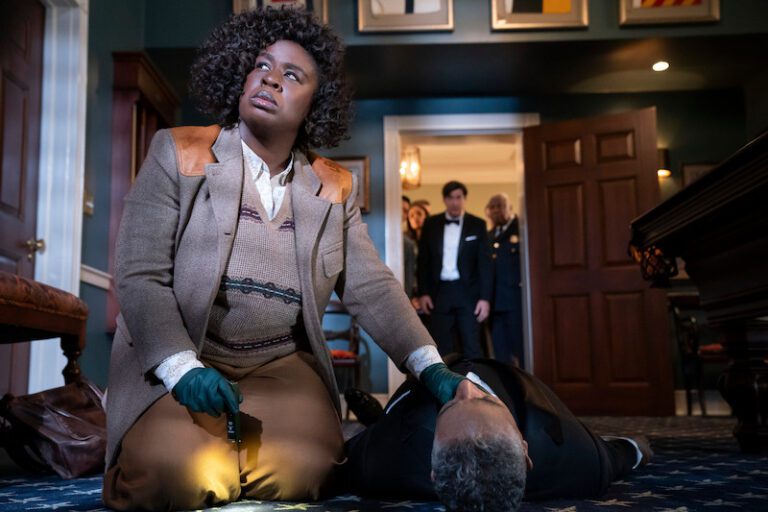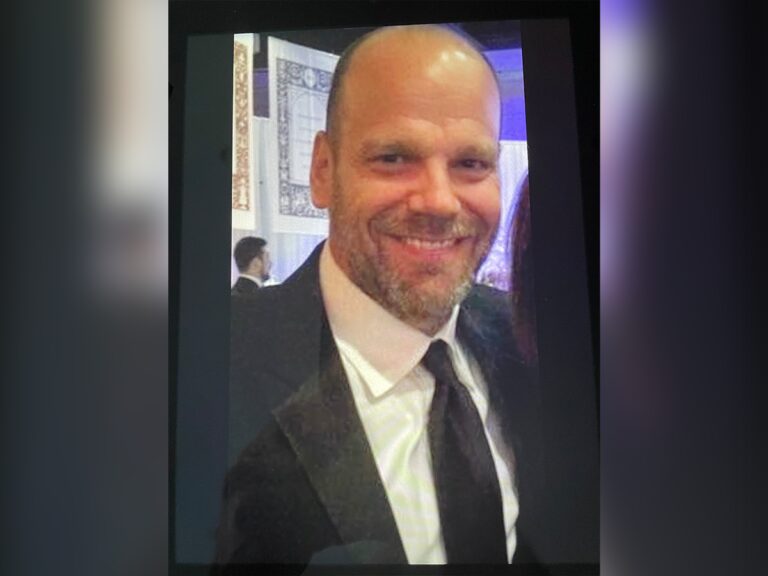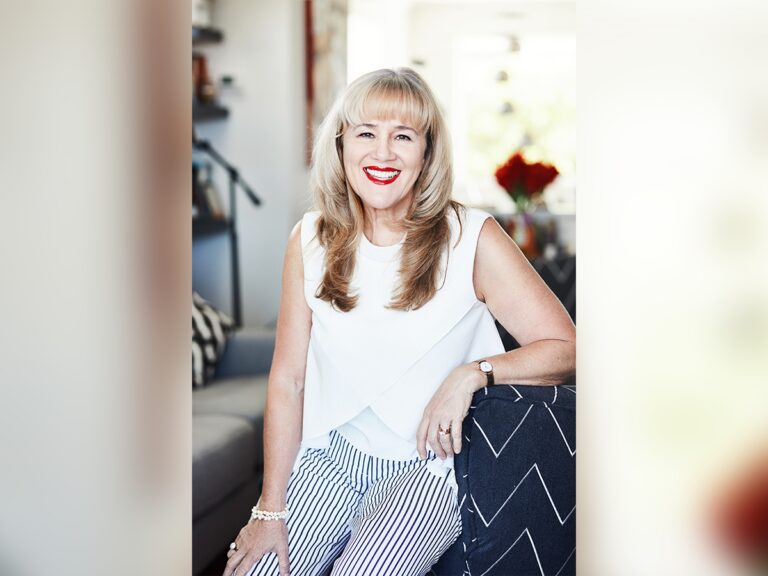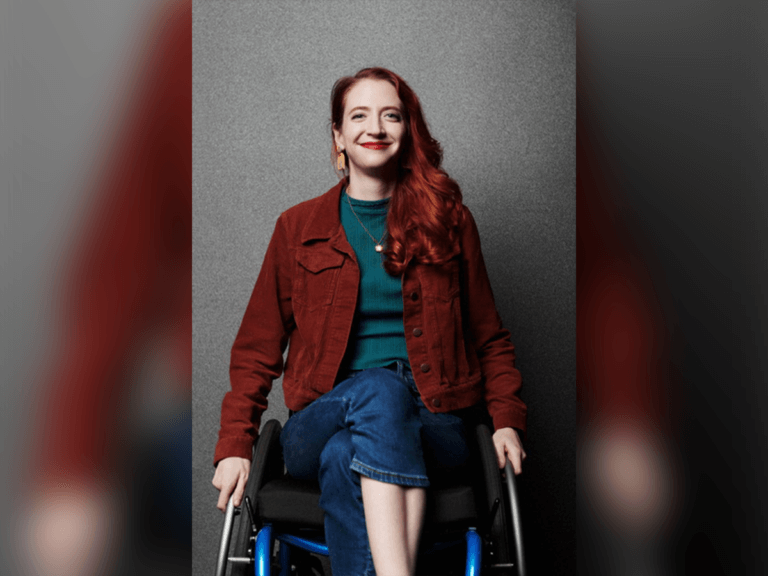O’Dessa is a rock opera about a young girl (Sadie Sink) on a quest to recover a family heirloom. Set in a post-apocalyptic future, her journey leads her to a dark and dangerous city ruled by the mesmerizing Plutonovich (Murray Bartlett). There, O’Dessa meets her true love (Kelvin Harrison Jr.), who is bound to a crime lord (Regina Hall). To save him, she must harness the power of destiny — and song — to the ultimate test.
The film, written, directed and composed by Geremy Jasper, is now streaming on Hulu. O’Dessa marks his follow-up to his 2017 feature debut, Patti Cake$. Jasper spoke with Casting Networks about the process of casting his latest film.
Insights: Lessons from Geremy Jasper
- Read scripts and engage with industry contacts to find unexpected opportunities.
- Showcase your range in acting, singing and dancing to appeal to projects like rock operas or musicals.
- Be open to working in diverse locations and with different cultural casts, as it may lead to unique and transformative roles.
Thinking about joining Casting Networks? Sign up for a free trial today!
What is your relationship to the casting process, and how did that come into play for this film?
I get very involved in the casting. It’s super important to me. I’ve lived with these characters in my head for years and years, sometimes decades. It’s important to find the right personality, the right face and the right kind of unique feel.
For this film, the big challenge to cast was O’Dessa, played by Sadie. I didn’t even know she’d be available because of Stranger Things. That show is such a big commitment and they were coming up on another season, so I didn’t even think about Sadie for this role.
What changed?
She got a copy of the script on the sly, heard some of the music and related to the piece. She took the initiative. Instead of me going out to her, Sadie sent me a video of herself playing one of the songs; just her strumming guitar and singing. No lead-up. No “Hello, Geremy.” She just performed one of the songs. It blew me away. I could see the movie for the first time. Here was this character in front of me that I thought maybe was uncastable.
You’ve directed music videos for Selina Gomez and Florence + The Machine. Did you ever consider casting a musician who could act, or did you specifically want an actor who could sing?
I wanted to find an actor first. The acting was important to be able to relate to the character and it having internal life. That can be a lot to ask of for someone who’s just a musician. I’ve had experiences in the past of working with non-musicians and through hard work, shaping them into getting a voice or learning an instrument.
It was a miracle with Sadie. She has perfect pitch and can get inside of a song. That’s a really hard thing to do. She embodied the character so it felt like the song was coming out spontaneously from her. It didn’t feel like, “Now here’s a musical moment.” She lived in the song.
Once you had Sadie, you began building out the rest of the cast. Kelvin and Regina came next on board. Let’s talk about them.
Kelvin really got it. From my first meeting with him, he was my guy. That’s the way it goes with these things. For me, I just have a feel for the person right away. I could see him in this role. He sings. He can dance. He’s kind of like a renaissance man. Once I met him, I knew he’d be great.
Did you have a chemistry read between him and Sadie?
Maybe for a giant studio movie, they do those kinds of things. This was more of a mom-and-pop operation! It would’ve been great to have done it, but instead, you take a leap of faith and hope you find it with them during the rehearsal process, which we did.
And Regina?
She has this fearlessness about her. She was like, ‘I want to do that role. I want to play a villain. I want to go full Grace Jones on this. I want to be a killer.’
She’s known a lot for her comedy, such as the Scary Movie franchise and Girls Trip. This is not a comedic role.
Regina is a great dramatic actress also. I’d seen some of that work in her film Master, and I knew she had incredible depth and nuance. I also thought that having a sense of humor would be an asset.
There is a certain light in her eyes, a certain humanity just underneath the surface. We let her improvise a little bit because she’s so brilliant at that. It opened things up for me. She’s someone with a massive amount of experience — way more than I have. I was like, “You want to do this? I can see it. Let’s do it.”
The film’s true antagonist is Plutonovich, played by Murray Bartlett, another actor who is adept at both comedy (The White Lotus) and drama (The Last of Us).
That character was the least developed in the script. An actor was going to have to come in and build out who Plutonovich was. The initial concept of that Plutonovich was he’d be an Arnold Schwarzenegger type: toxic, brute, older action star with huge muscles; but something about that didn’t feel quite right.
How did you decide on Murray?
Murray read the script without me knowing it. We had lunch together in Brooklyn, and it was kind of like a blind date that went well. I fell in love with him instantly.
We collaborated a lot on what this character would look like and what he would sound like. Murray brought so many ideas. He was fascinated by a certain late-night talk show host and he drew a lot on a kind of a person that’s very smiley and in-your-face, but behind the scenes is quite dark. I got into the more guru side of things. As soon we gave him that top knot — that man bun — it all came together for me. Murray dug in and brought a lot to it.
Much of the supporting casting was made up of local actors in Croatia. What was that experience like?
In the US, you get many casting options for every character. In Croatia, it’s maybe three or four. You have a small pool to find the right people. There were several moments where I had to adjust dialogue, change gender or shift the age range. In one instance, I was looking for a particular older woman’s face, and this woman in her seventies came in. She had a really strong spirit, but was not in great health and didn’t speak English, but she had this face and this voice that was right.
This is the soothsayer type of character with no eyes, right?
Yes, we had to apply prosthetics so the woman was blind for nine hours. Maybe in the States, casting her would have been too crazy, but we ended up doing it and it was insane.
We were shooting on this dock at one o’clock in the morning. She was blinded by the prosthetics, standing on the edge of the pier. We were shooting her delivering every line phonetically because she didn’t understand English. She was chain-smoking at the same time. It felt like being in a Fellini movie. It was fantastic. When you find that person, that face, that “thing” that feels right, you will work with all the other issues around it to make it work.
You may also like:

